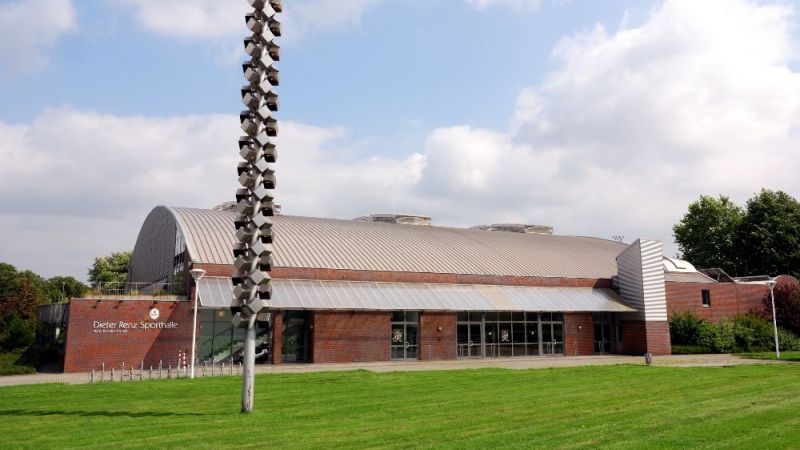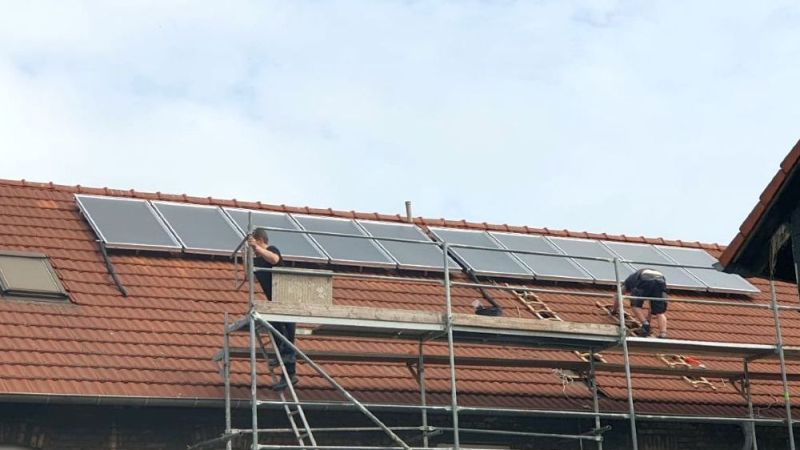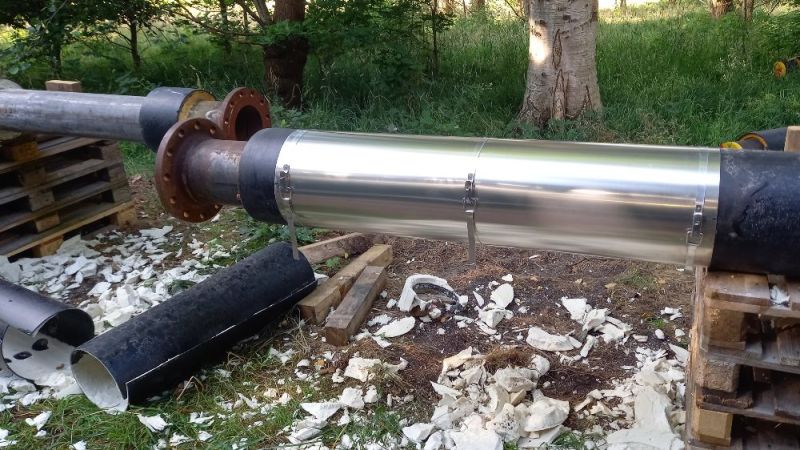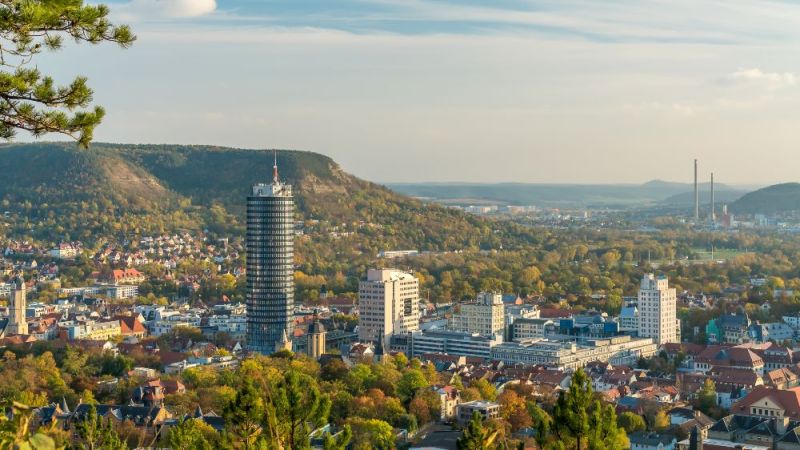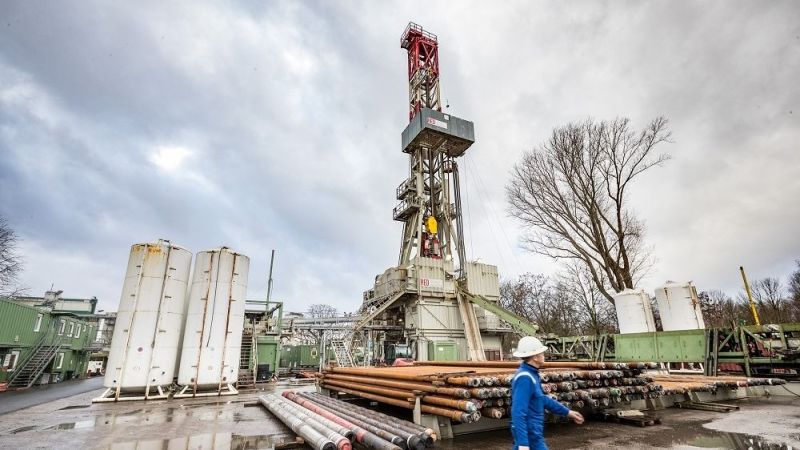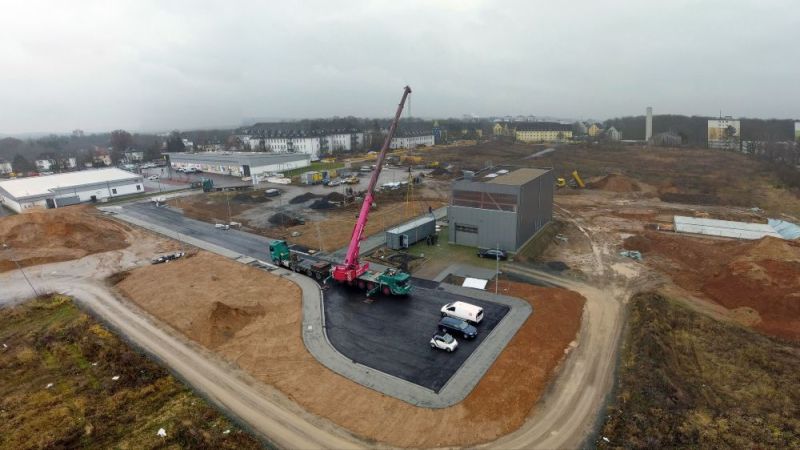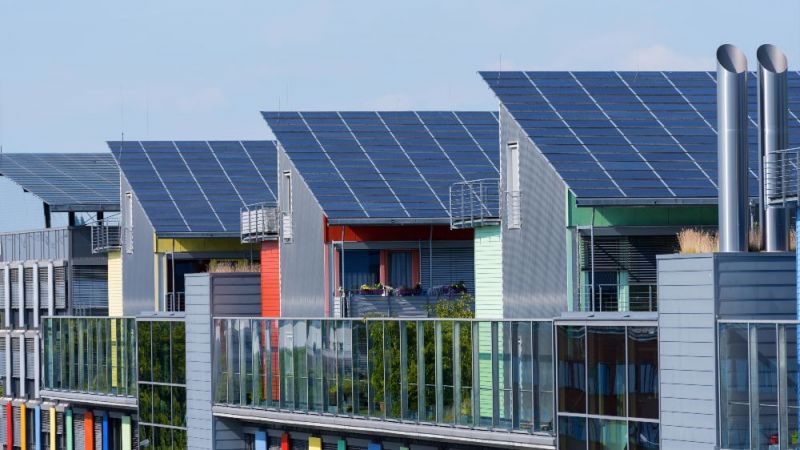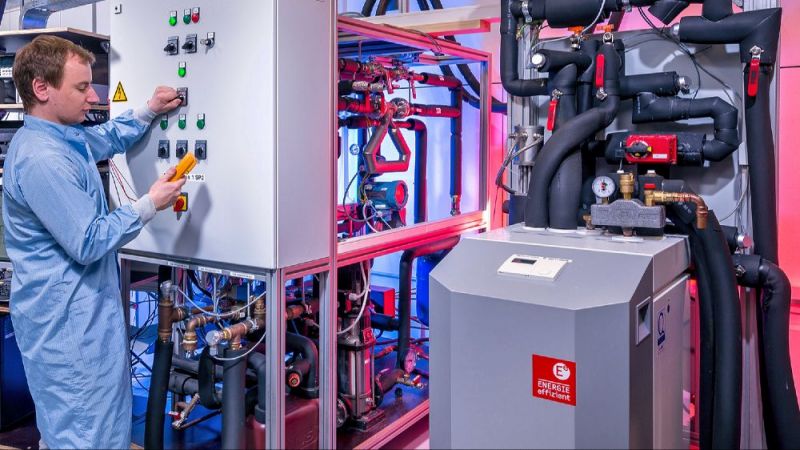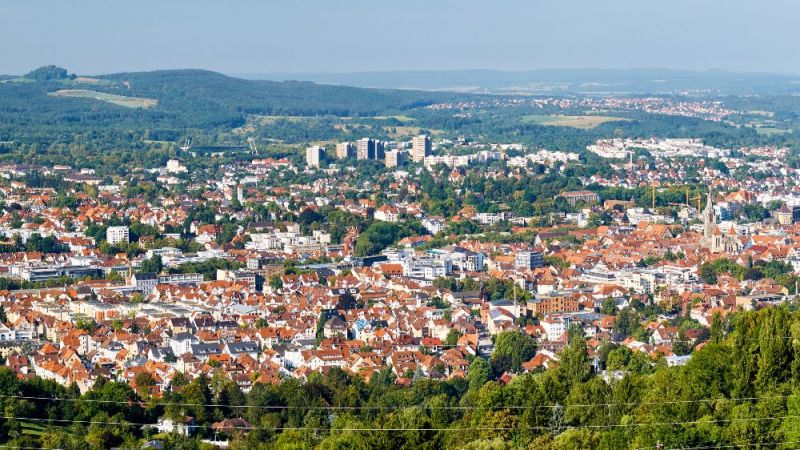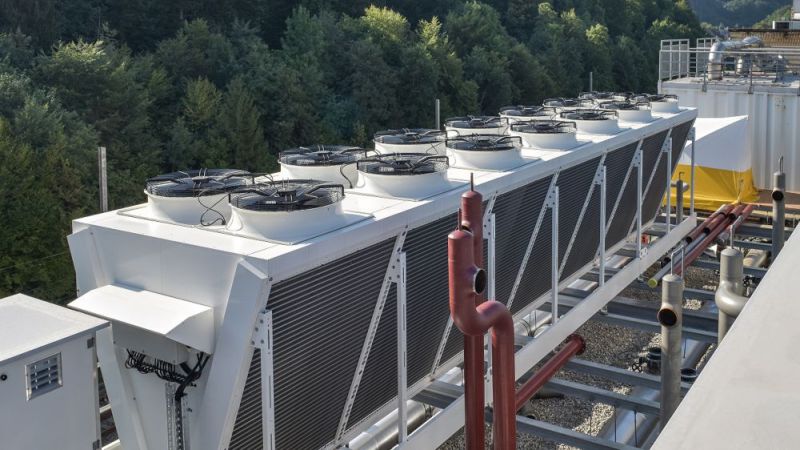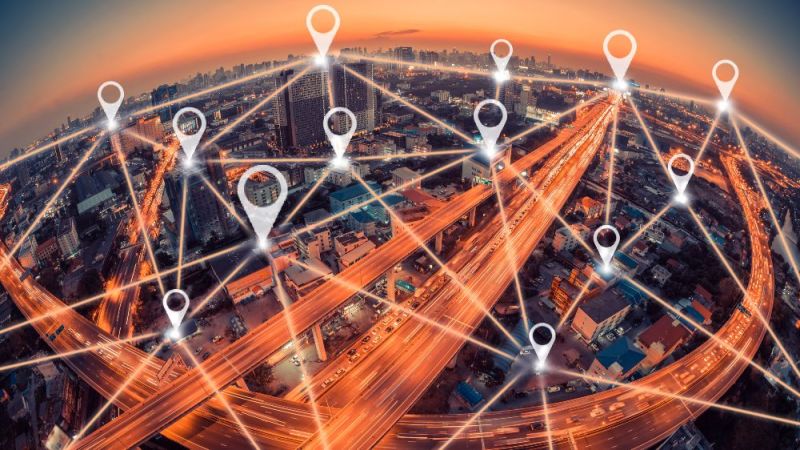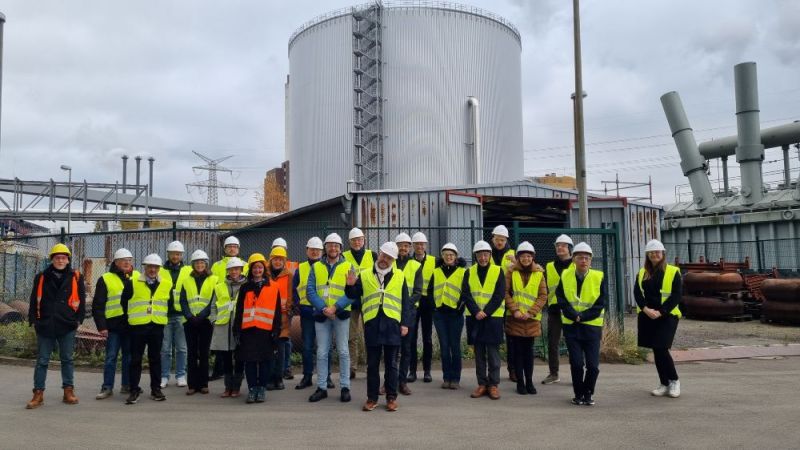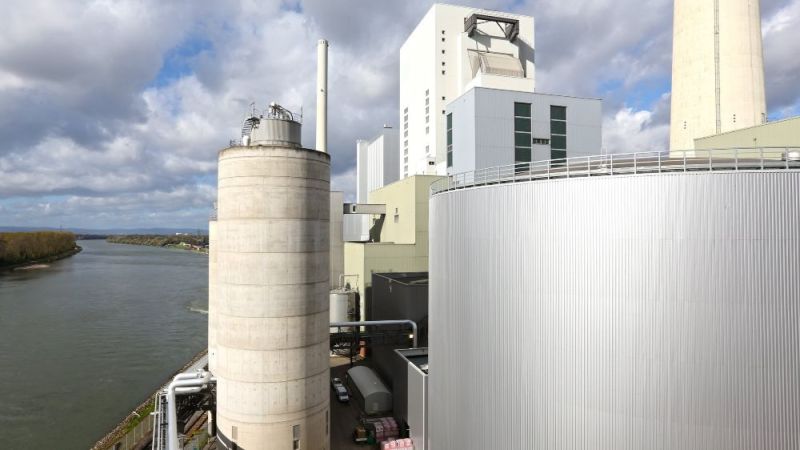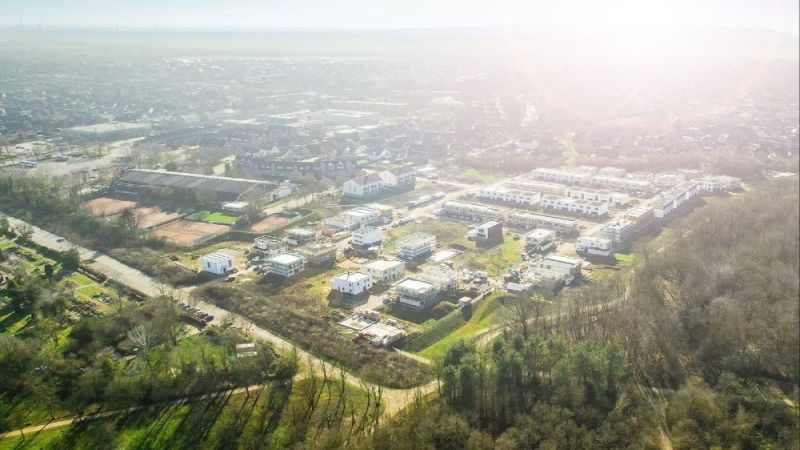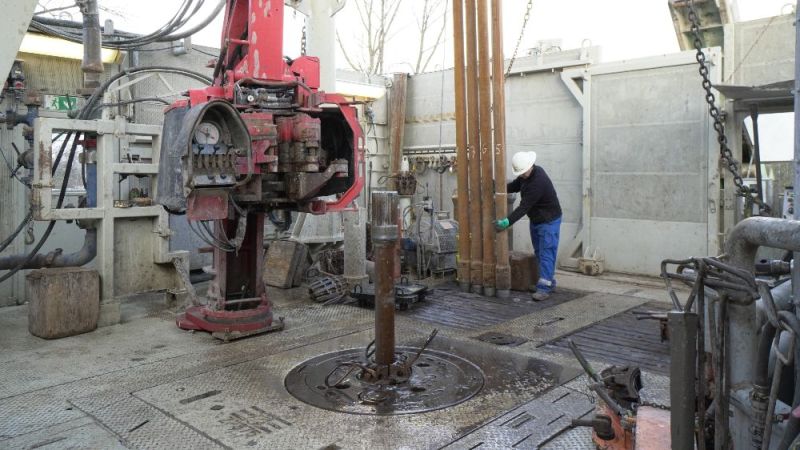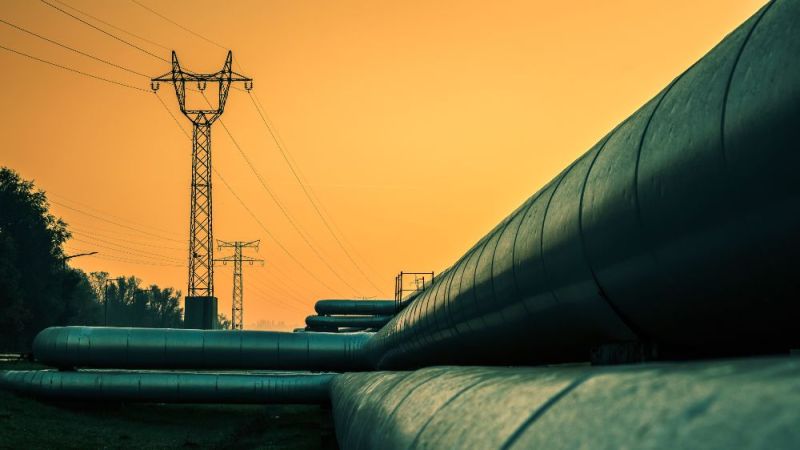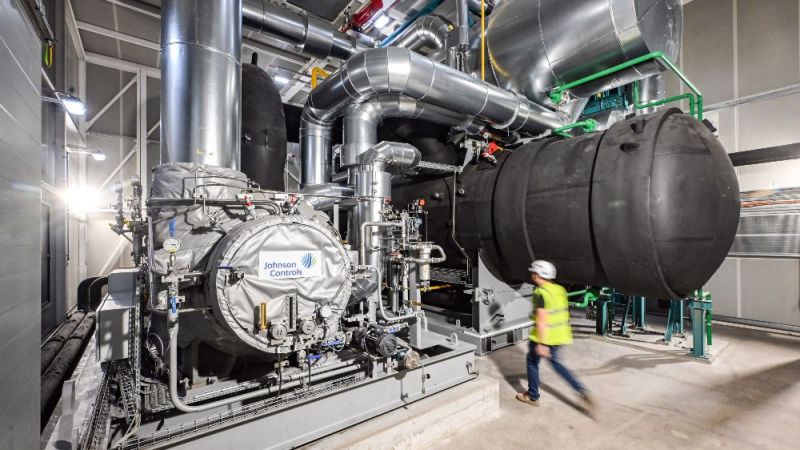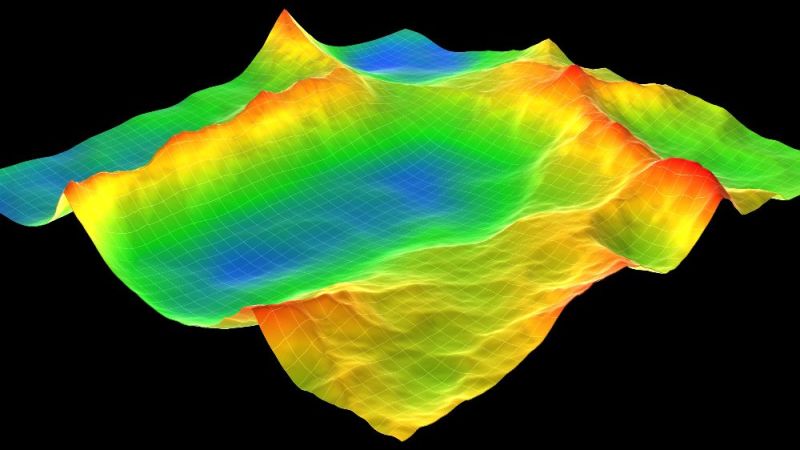
Integrated household heating transition in Wilhelmsburg
Sustainable Heating Supply for Urban Districts
While a large proportion of electricity in Germany (around 40 %) is already generated from renewable energy sources, the heating and cooling supply is still largely based on fossil energy carriers. This means that successfully transforming the heating sector may help significantly in transforming the energy sector. In urban spaces in particular, there is great potential for using grid-based supply systems. This will mean that new generation and storage technologies, intelligent sector coupling, and innovative business models provide the foundation for major reductions in CO2 and enable a sustainable transformation of the heating and cooling supply.
This is now being demonstrated in a rapidly growing district of Hamburg named Wilhelmsburg through the living lab for the energy transition for integrated household heating transition in Wilhelmsburg, known as IW³ for short. Within the living labs, pioneering projects are being implemented on an industrial scale. As part of the Federal Government’s 7th Energy Research Programme, they are intended as a funding format to support putting innovative technologies and methodologies for the energy transition into practice and to accelerate the transformation of the German energy system.
Holistic view of urban heating system
Producing and distributing renewable heat in an urban setting has been difficult to implement to date because of the high costs for the necessary space, infrastructure, and power plants. This is where IW³ comes in. The living lab is intended to illustrate how a climate-friendly, energy-efficient, and affordable heat supply could be made possible through innovative technologies and business models, even in large cities. IW³ pursues an integrative concept in the process. The fundamental idea of transforming the urban heating system over the long term is viewed holistically. Energy generation, systems integration, and the market are intertwined. Both existing and new renewable energy producers as well as heat stores are combined with each other and integrated into a virtual power plant. An innovative heating marketplace offers the chance to trade in energy from different sources and providers with maximum transparency, automation, and efficiency. The heating, electricity, and transport sectors are intelligently coupled with each other.
Using geothermal potential in urban areas
A crucial component of IW³ is the construction of a geothermal plant. This will in future harvest geothermal energy from a thermal water reservoir at a depth of around 3,500 m and feed it into the local heat network. Building an aquifer to act as a heat store will also allow excess heat to be stored seasonally. Other generation and storage components of the living lab are already in place. The “Energiebunker” (energy bunker) uses solar thermal power, biomass, industrial heat, and other resources for a renewable heating supply in addition to a large buffer storage system. Electricity is generated at the “Energieberg Georgswerder” (Georgswerder energy hill) using wind turbines and photovoltaic systems. They are connected to each other via a new coupling station to allow them to make optimum use of the energy generation parks and existing storage facility.
In addition to the structural aspects, IW³ uses systematic digital networking. This is intended to ensure that the generation and trade of heat energy, along with the interface between the heating and electricity markets, is as efficient as possible. An intelligent heating network connects the different energy producers via a virtual power plant. The use of the individual plants can then be ideally controlled based on detailed forecasts of the heating sales and demand. Producers, consumers, and customers are also brought together in an innovative heating market, where different qualities of heat can be offered to the customers depending on its origin. To balance the heat supply, two different procedures are used and compared in IW³: a financial proof of origin register and real-time verification based on blockchain technology.
Electrical energy that is produced using existing systems, such as the wind turbines and solar thermal power plants at the “Energieberg”, can also be incorporated into the overall system in line with demand. This means that the electricity can be used for e-mobility applications in urban districts, while also supplementing the heat supply through power-to-heat technologies, i.e. the production of heat using electrical energy.
Blueprint for cities all over Germany
The living lab in Wilhelmsburg, a neighbourhood predicted to have almost 70,000 residents in future, can be a model for a sustainable transformation of urban spaces that exerts influence beyond just Hamburg. The technologies and procedures applied here could be used in future as a blueprint for districts and cities all over Germany. Wilhelsmburg could be developed into a pilot location with regard, in particular, to the use of geothermal energy, which in the past has only been implemented in a few locations in Germany because of the high economic risks associated with its exploitation.
Planing
CONSULAQUA Hamburg Beratungsgesellschaft mbH
www.consulaqua.de
Simulation
Hochschule für Angewandte Wissenschaften Hamburg - Competence Center für Erneuerbare Energien und Energieeffizienz (CC4E)
www.hochschule-hamburg.de


